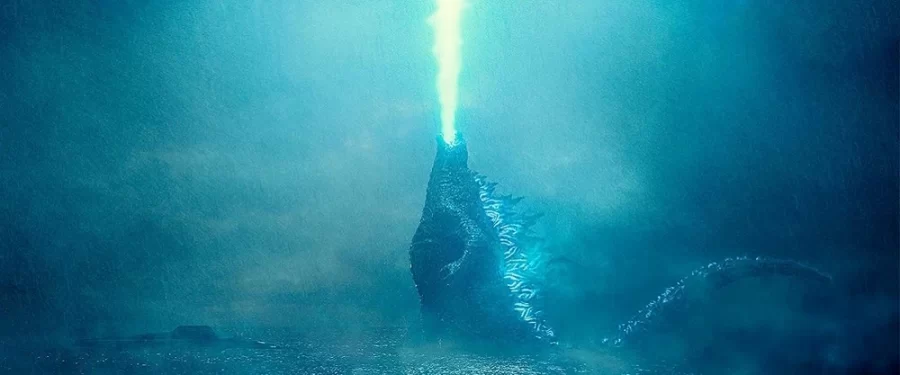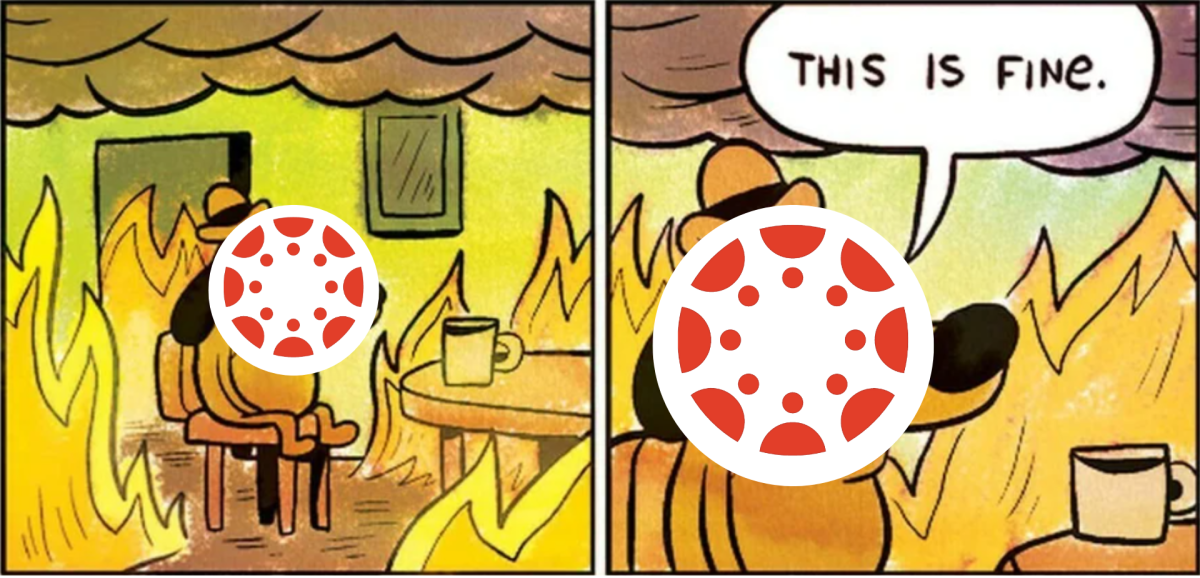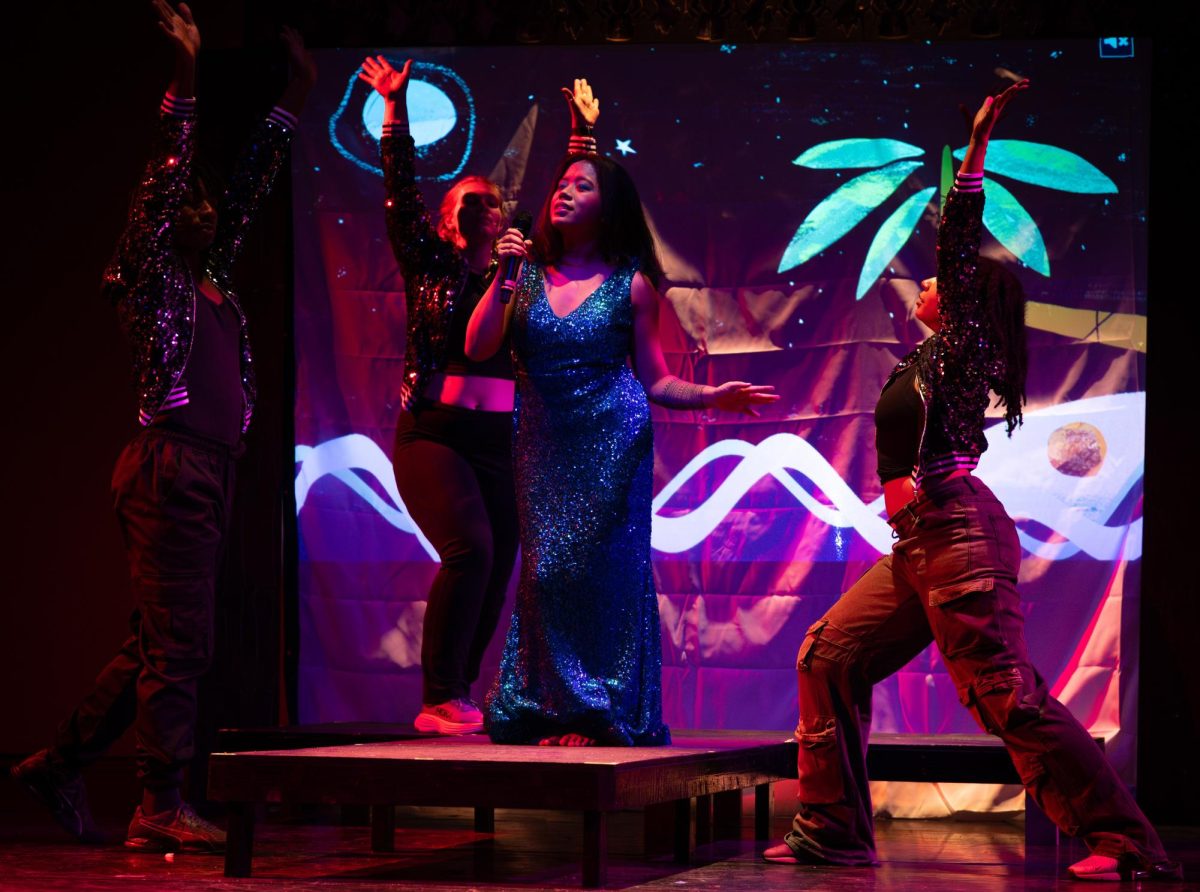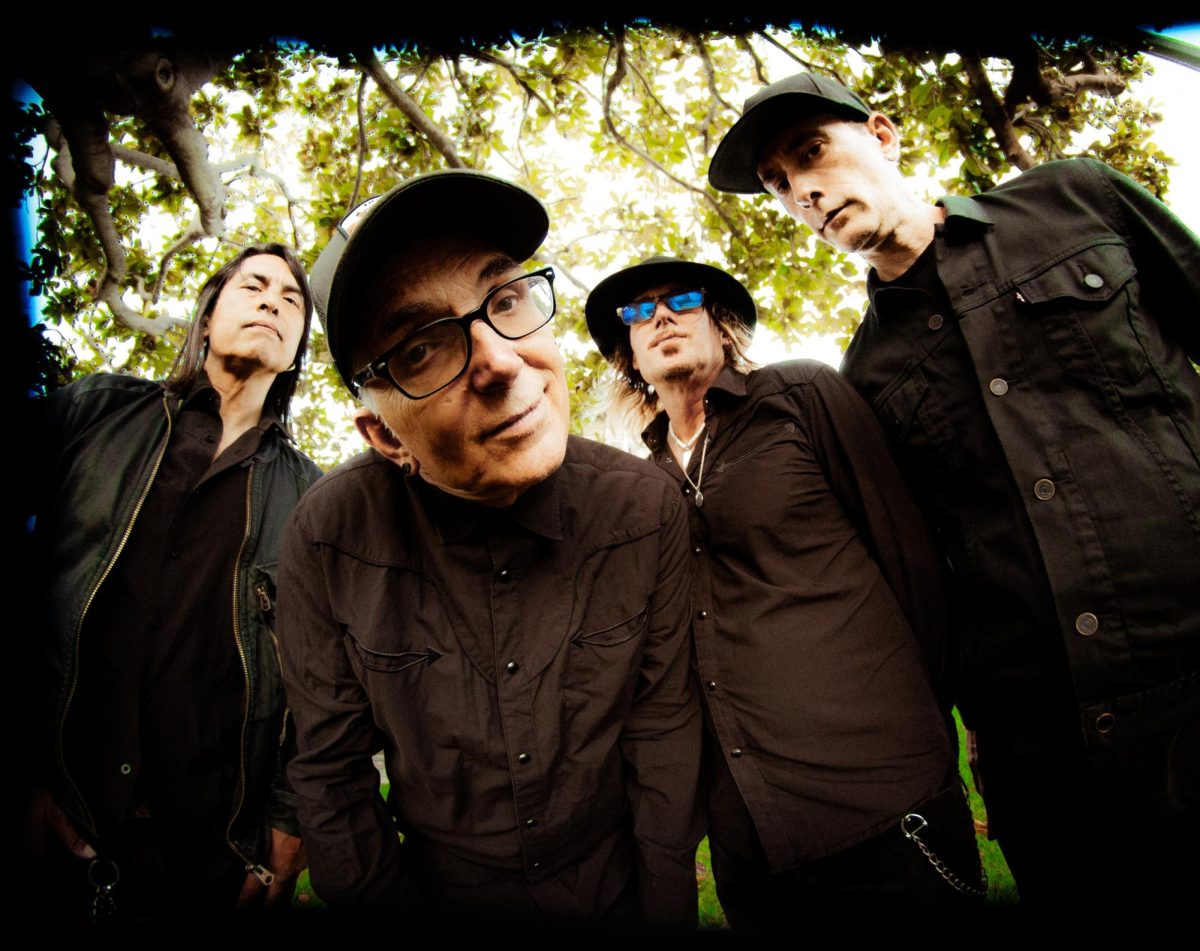Over the course of Godzilla’s lifetime, the character has been many things. A warning about nuclear devastation, a protector of humanity, an allegory for natural disasters. But one aspect remains consistent. He’s always been Japanese, meaning that he has always been in Japanese movies, made for Japanese audiences. However, as of late, Legendary Pictures has been trying their hand in creating their own Godzilla. Did it work?
“Godzilla: King of the Monsters” is the sequel to 2014’s “Godzilla,” directed by Gareth Edwards. This one is directed by Michael Dougherty and stars Vera Farmiga, Millie Bobbie Brown, Kyle Chandler, Ken Watanabe, Charles Dance, Aisha Hinds, O’Shae Jackson Jr. and Zhang Ziyi.
The film follows the efforts of a scientific group called Monarch as they try to deal with the devastation brought about by various giant monsters, or as the film calls them, “Titans.” The main Titans of course being Godzilla, Mothra (a giant moth), Rodan ( a giant flaming pteranodon-esque monster) and Ghidorah (a three-headed golden dragon). Sounds rad, right? Well…
It is, but there is a bit of a catch to it. You have to sit through the human drama that pushes the story forward. Though, it isn’t nearly as bad as you would be lead to believe, and it even provides a laughs. It proves itself to at least be better than any of the human stories in any Michael Bay “Transformers” film. Though, admittedly, that is a pretty low bar.
So, while the human aspect isn’t nearly as compelling as one would hope, it still serves the purpose of pushing the story along to the next monster fight.
Save for the original “Gojira” (1954), “Godzilla Returns” (1984) “Shin Godzilla” (2016) and maybe Godzilla vs. Biollante (1989) the human stories have never truly been all that compelling, so this is really par for the course for the franchise as a whole. This also leads us into the acting. Overall, the acting was serviceable-to-fine, with the stand-outs being Millie Bobbie Brown and Ken Watanabe, though he’s good in pretty much everything.
So, while the human parts were nothing to write home about, how were the monsters themselves and their fights? They were amazing, actually. Each monster had little moments to establish their personalities, such as the interactions between Ghidorah’s heads or Rodan’s “ballsieness.” The fights were also a sight to behold, mixing the fisticuffs action of a Showa era Godzilla film and the beam fights of the Heisei era.
Another aspect where this film excels is in its music, composed by Bear McCreary. While listening to the score for the previous entry, which was composed by Alexandre Desplat, one would notice a distinct lack of any tracks inspired by the original. McCreary on the other hand, pulls directly from Akira Ifukube, Godzilla’s original composer, and gives certain pieces a fantastic update which lends itself well to this Kaiju brawl.
So, while providing a somewhat lackluster human story, “Godzilla: King of the Monsters” more than makes up for that in terms of destruction and giant monster fights. I would wholeheartedly not only recommend this film, but also say that you should, no, need to see this on the biggest screen possible.








